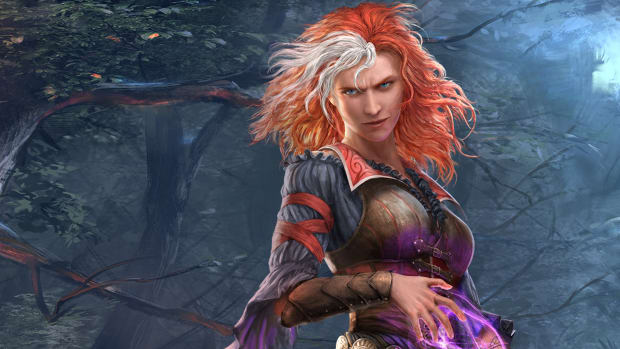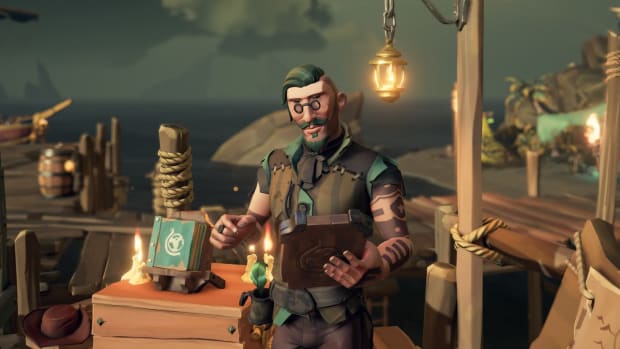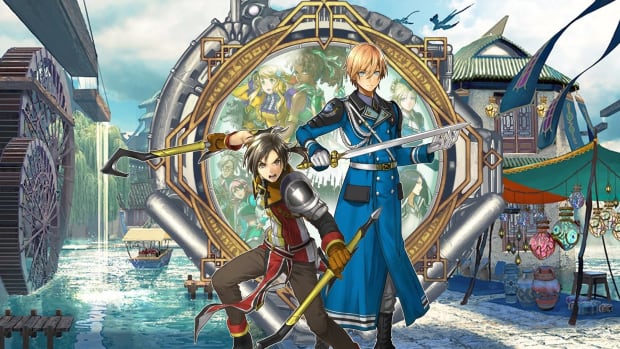Lords of the Fallen preview: double the worlds, double the death
Using the same name as a 2014 game that got largely middling reviews was a bold choice for the Lords of the Fallen team, but with their genre having evolved so dramatically in nine years, it’s interesting to see their approach the second time around.
The biggest difference is how much snappier combat feels. It still keeps a sense of weight and precision, but each strike flows more nicely into the others and the animation for a heavy attack doesn’t take all day. It allows enemies of all kinds to be less forgiving with their attacks, offering smaller windows to strike.
Stamina management is far too easy though. I’m a serial dodge-roller as I simply don’t have the timing skills for parrying, and yet I never had to worry too much about being low on stamina. It slows your attacks down, sure, but recovery is pretty quick and you can even still dodge-roll when completely out. It’s not the end of the world, but it makes combat just a little shallower – but it is worth noting the team told me they’re still tweaking the balancing on this specifically.
Naturally, the bosses are where the system is at its best. Not counting the obligatory supposed-to-lose boss, the first major boss fight felt like a proper classic of the genre. They were a strong striking warrior with tight patterns and narrow openings, and then once their HP dropped to half they sprouted magical wings, getting faster and stronger.
Between this and almost every other action RPG I’ve played over the past couple of years, it feels like the industry at large has truly cracked the formula for satisfying boss fights – when using melee combat systems, at least – so it’s not particularly surprising that Lords of the Fallen gets this right. However, it doesn’t exactly make it stand out among its peers.
If you’re looking for something unique then the two-worlds system is what you should see. You’ll start off in Axiom, but if you die you’ll be immediately transported to the exact same spot in Umbral, and only dying while in Umbral will set you back to your last waypoint. This allows enemies to be a little unfair at times. The game can pull a fast one with enemy placement and world design knowing that you won’t actually die to it.
This effectively gives you two lives to play with, but the world can be a lot trickier to navigate in Umbral. Your health gets a natural wither effect that blocks off a portion of your health bar, hitting enemies restores it, but taking a hit will mean losing it all in one go. Plus you’ll have constant wraiths spawning as you traverse the landscape, which get stronger and more aggressive the longer you’re there – however, your reward multiplier also increases as you stay there, so it gives a nice risk-reward system.
You can transport yourself to Umbral anytime you want, but you can only come back at specific waypoints, which means you’ll sometimes encounter scenarios where the way forward is only in Umbral, forcing you to leave the safety net of Axiom behind.
This immediately put me in mind of something like Metroid Prime 2’s Dark Aether – an alternate version of the world map where challenges and puzzles could be built around you switching between the two worlds. However, at least in the early sections I got to play, that wasn’t the case. Instead, I would progress in Axiom until I hit an obvious dead end, switch to Umbral to find the way forward, then switch back to Axiom as soon as I could to continue on my way.
It all leaves me a little torn on my first impressions of Lords of the Fallen. I definitely enjoyed my time playing it, but I feel a certain special spark was missing. The combat feels good, the bosses are great, and the two-worlds system has potential, but I wasn’t wowed by any of it.






